On June 6th, TEDxMileHigh kicked off their first of many Adventures for 2015 with Banshee Press. Our group began Saturday morning with coffee and conversation with founder of Banshee Press, Britt Madden. She shed light on the letterpress shop, her journey and how all the pieces came together for her.
“I’ve always been creative, I’ve always been an artist. I was always the kid in the corner with the crayons and coloring books. I colored in the lines though. I was really into the lines. Which I think is partly why I do what I do now.”
Britt has worked hard to create meaningful art and to make a name for letterpress in the Denver community. “I wanted to make Denver something new for me [when I moved back] and I just kind of jumped off a cliff… I decided I wanted to do it and now was the time.”
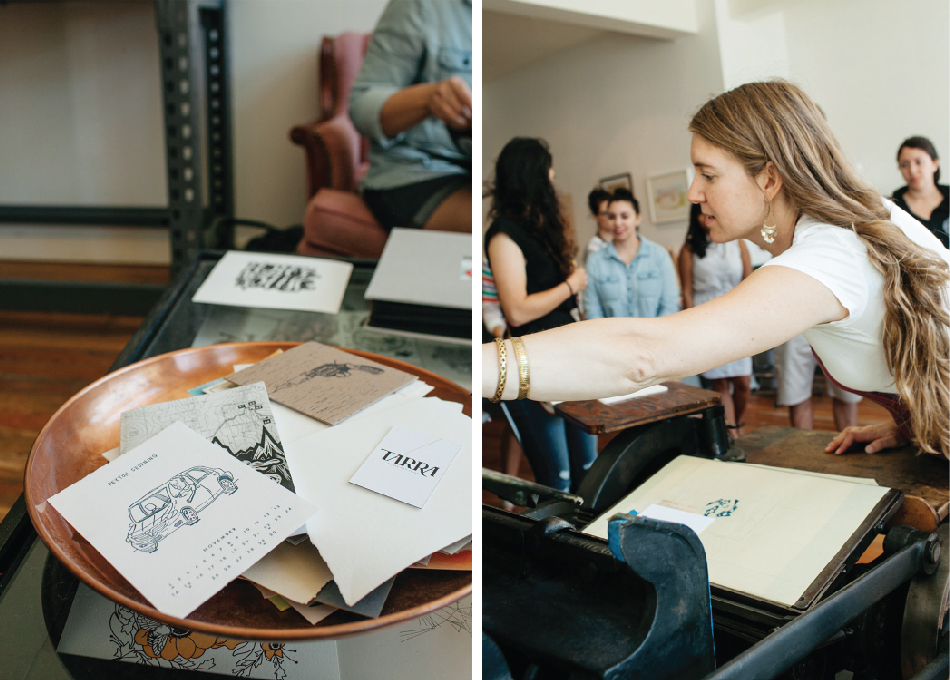
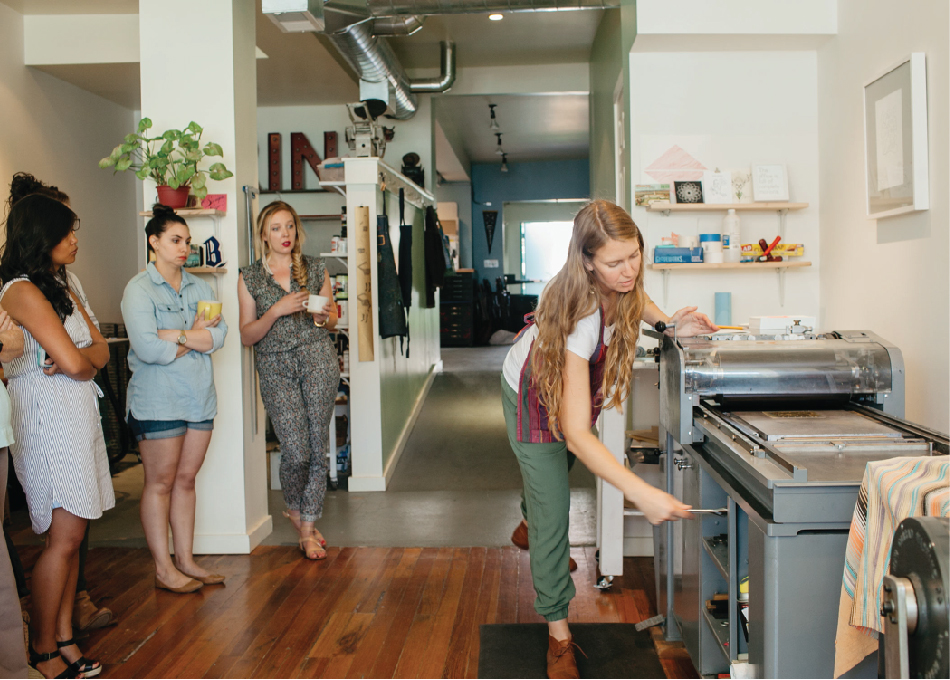
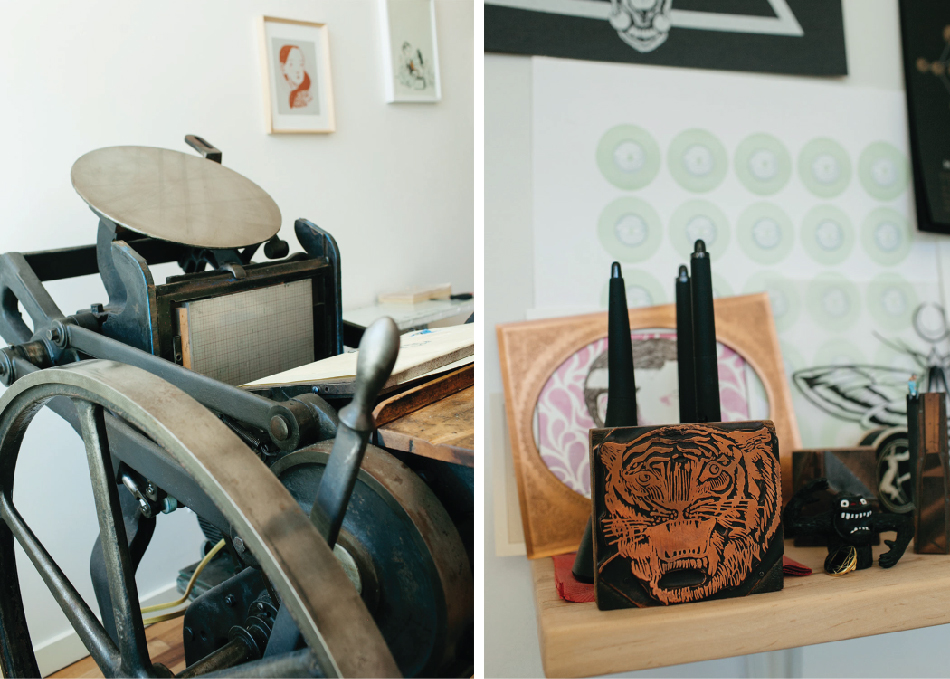
When asked about what her goals were in starting the business and what she hopes to spread through letterpress, her answer was: accessibility.
Britt herself, is an art lover and collector. It’s something that makes her happy, whether or not she can fit all of her art on the walls of her home, and that is something she wants everyone to be able to do and feel.
Art can be expensive, and rightfully so with all the hard work poured into each and every piece. But it is hard to find high quality art that is affordable today.
The letterpress allows an artist to create a larger quantity instead of just one, offering the art at a lower price. This type of printing is still very much the artist’s work and a piece of art in and of itself. Artists work closely with people like the women of Banshee Press to translate their art appropriately to this medium. Every piece of paper is touched by someone and scrutinized down to every little detail to make each print as perfect and consistent as possible.
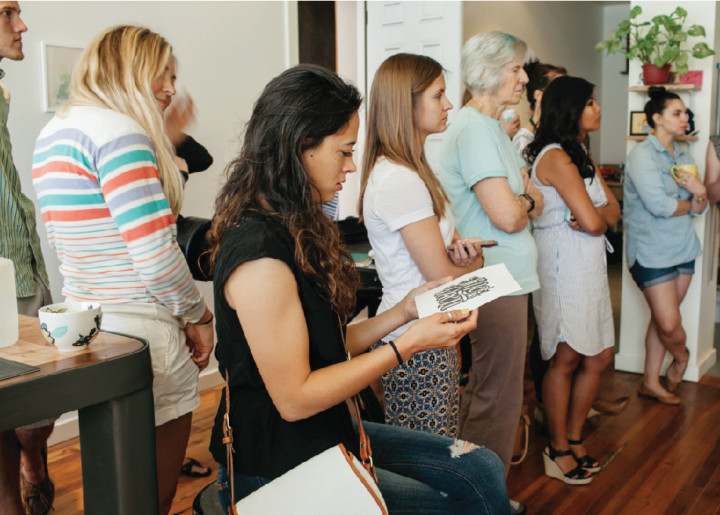
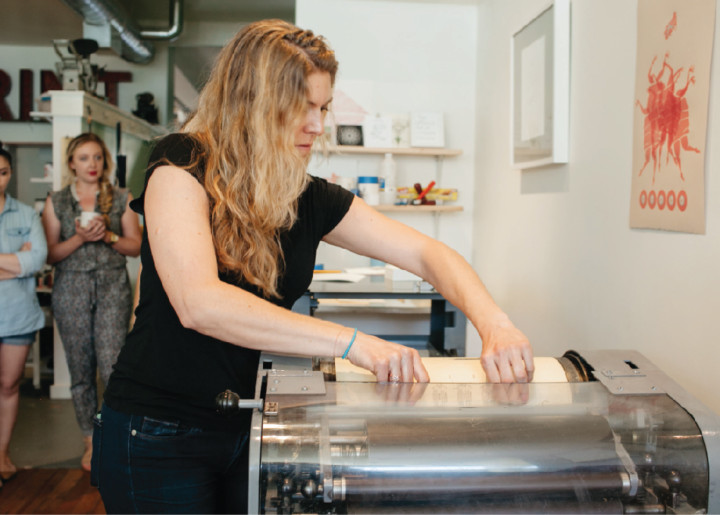
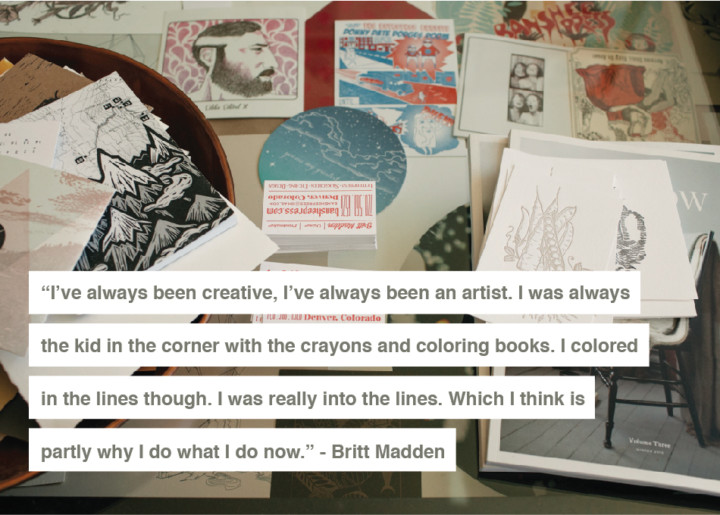
“Spreading art love is just as important as spreading word love.”
Being able to make art just as accessible as we’ve made books and literature allows younger generations and different groups of people to be able to create, collect and enjoy great art.
In regards to her journey with Banshee, Britt has loved every minute of it. She loves their building, the neighborhood, the people, and all the support she has felt from the community and industry as a whole.
“It absolutely has been [worth it]. If I were to close my doors tomorrow I would never say it has been a failure. It’s been a crazy struggle and it’s been hard but it has [also] been totally awesome and fun. People have been so supportive. They’ve been really happy to see what we’re doing and to be a part of it and contribute. I couldn’t be more happy doing this.”
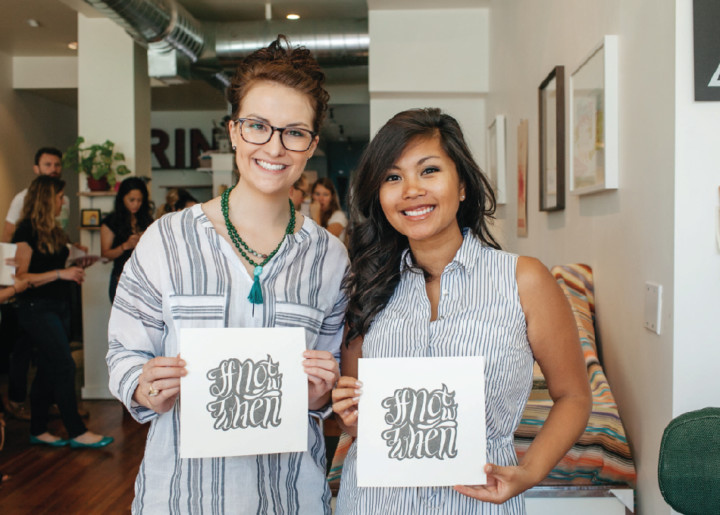
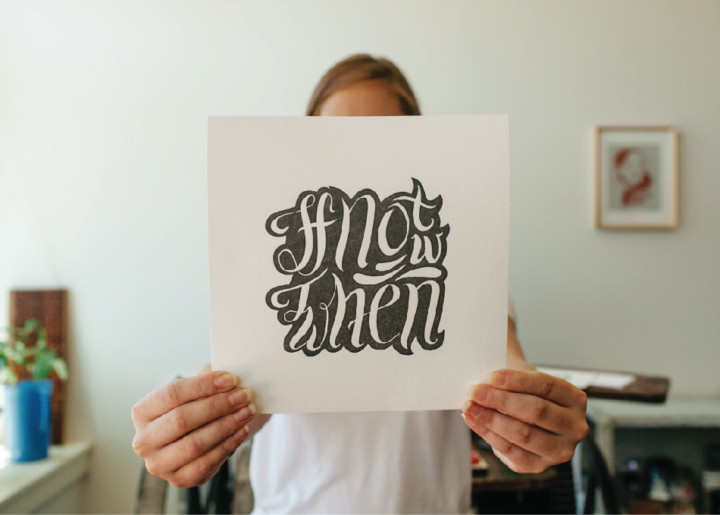
She welcomed the TEDxMileHigh group with open arms, telling us about the challenges, her humble beginnings and was open and honest about the successes as well as failures.
We walked through the history of the printing press, beginning with the ancient Chinese wood block painting technique through what most printers use today. She showed us each press Banshee had and told us as much as we could possibly understand about each one. We then were able to use the Vandercook cylinder press ourselves, placing the paper into the press and pulling the right lever to create our own prints.
The design that Britt selected for us was a design with the mantra “if not now then when” a perfect way to come full circle in learning about letterpress and Banshee.















